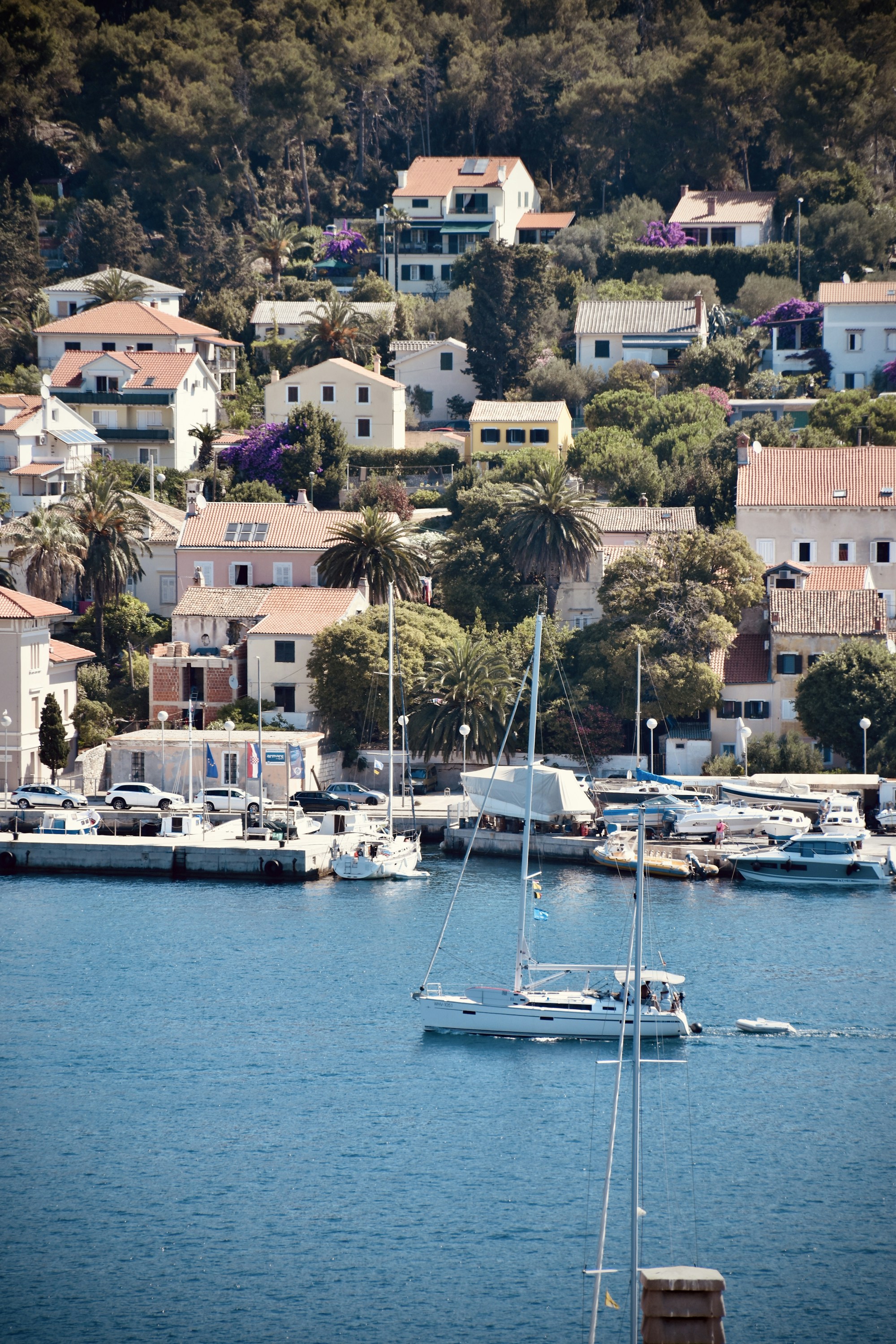What to See in Mali: A Geographical and Cultural Travel Guide

Introduction
Mali, located in West Africa, is a country blessed with a rich geographical and cultural heritage. From its vast Sahara Desert to the Niger River delta, this country offers a diverse range of landscapes and experiences for travelers. Mali is also known for its vibrant indigenous cultures, festivals, and ancient archaeological sites. In this travel guide, we will explore some of the must-see destinations in Mali.
1. Timbuktu
Timbuktu, a city steeped in history and legends, is a UNESCO World Heritage Site. Known as the "City of 333 Saints" and once a hub of Islamic learning, Timbuktu is an essential stop for any traveler in Mali. Explore the remarkable mud-brick architecture of the Djinguereber Mosque and Sankore Mosque. Visit the Ahmed Baba Institute, a treasure trove of ancient Islamic manuscripts. Don't forget to explore the lively markets, where you can find traditional crafts and vibrant local culture in full display.
2. Dogon Country
Located in central Mali, the Dogon Country is home to the Dogon people, one of Africa's most fascinating indigenous groups. Trek through the stunning Bandiagara Escarpment, a dramatic sandstone cliff that stretches for 150 kilometers. Discover traditional Dogon villages, known for their unique architecture and spiritual traditions. Experience lively dances, join in on drumming sessions, and learn about the Dogon's intricate cosmogony. The Dogon Country is a cultural and natural wonder that should not be missed.
3. Djenné
Visit Djenné, a town famous for its magnificent mud-brick architecture and its UNESCO-listed Great Mosque. Admire the impressive façade of the mud mosque, which is the largest mud-brick building in the world. Get lost in the enchanting narrow streets of Djenné, where you can find traditional craftsmen and markets overflowing with vibrant textiles, pottery, and jewelry. Witness the spectacle of the weekly market, where locals gather to trade goods and socialize.
4. Bamako
As the capital and largest city of Mali, Bamako offers a blend of modernity and traditional African charm. Explore the National Museum of Mali, home to an extensive collection of Malian art, ethnography, and archaeological artifacts. Immerse yourself in the vibrant atmosphere of the bustling Medina market, where you can find everything from traditional fabrics to colorful spices. Enjoy live music performances at one of Bamako's many jazz clubs, showcasing the country's rich musical heritage.
5. Mopti
Mopti, often referred to as the "Venice of Mali," is a vibrant port city located at the confluence of the Niger and Bani rivers. Take a boat ride along the Niger River and explore the bustling fishing port of Kabara. Visit the lively and chaotic Mopti Central Market, where traders from all over Mali gather to sell their goods. From Mopti, embark on a river journey to discover the beautiful landscapes and traditional villages along the Niger River.
6. Hombori
For adventurous travelers, a visit to Hombori is a must. This small town located in the Hombori Mountains is a paradise for rock climbers and nature enthusiasts. Hike to the top of the imposing cliffs for breathtaking views of the surrounding savannah. Encounter unique wildlife, such as the desert fox and the elusive Dorcas gazelle. Engage with the local Tuareg community and witness their traditional way of life in this remote and awe-inspiring region.
7. Festival au Désert
If you have the opportunity, plan your visit to coincide with the Festival au Désert, an annual music festival held in the Sahara Desert near Timbuktu. This extraordinary event brings together musicians from Mali and around the world, showcasing the richness and diversity of African music. Experience the magic of live performances in the desert under a starlit sky and immerse yourself in the vibrant atmosphere of this unique festival.
